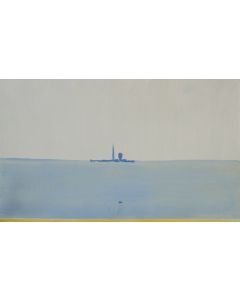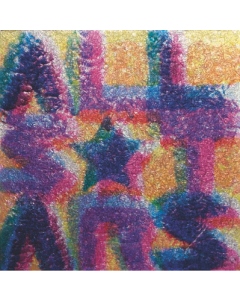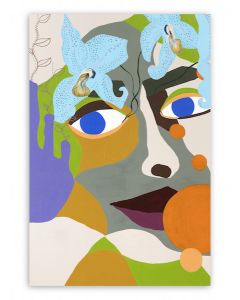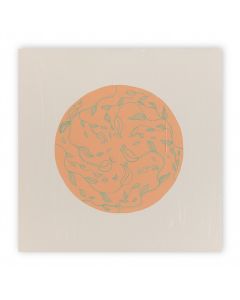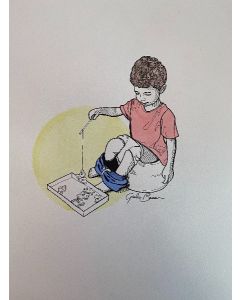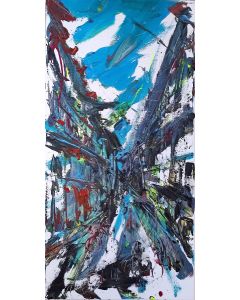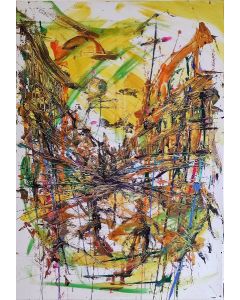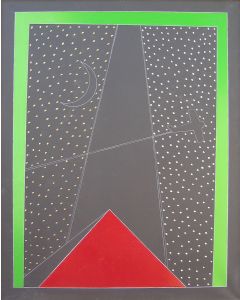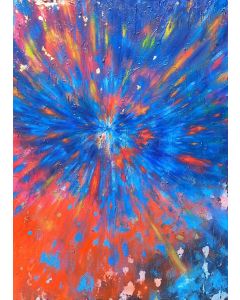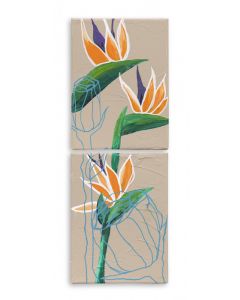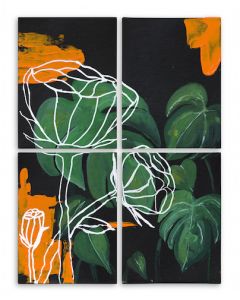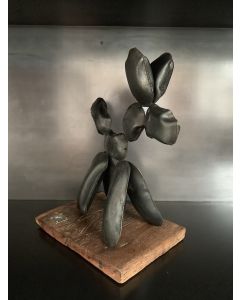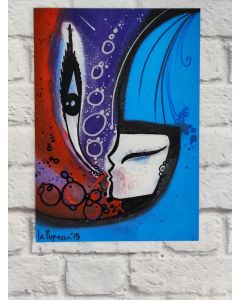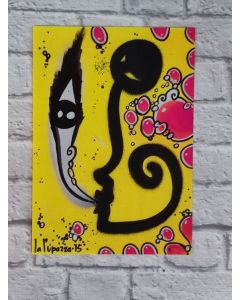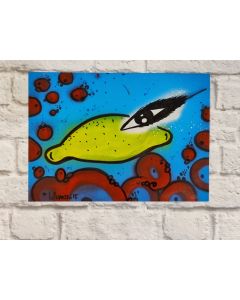Painting
What is the meaning of unique piece in art?
A unique piece is an artwork not reproduced in series, unique of its kind. It usually could be a painting or a drawing on canvas, paper or wood. For exemple, Mona Lisa by Leonardo or The Flagellation by Piero della Francesca are unique pieces. A unique piece is the opposite of a lithograph or a screen printing which are produced in limited edition and numbered in roman or arabic numbers.
Which are the techniques used to produce a unique piece in art?
Acrylic: this technique is made by color's pigment united to acrylic resin, its features are the fast drying and the translucent effect. It is often used in contemporary art, some examples on our website are the artworks by Tosh, Yux, Del Buda and Bencini.
Oil: it is used to paint on canvas, it is realized thanks to the union of color's pigments with drying oil. It is the most used technique during the past, above all during Italian Renaissance and Flemish art. Oil guarantees a more enduring duration and a higher ductility. Some examples are the “Lady with the ermine” by Leonardo, Kiss by Gustav Klimt or the Macchiaioli's art.
Enamel: this is one of the most ancient painting technique, certified in Egypt, Greece, and China. It is made thanks to the fusion of silica, sodium carbonate and potassium. It is generally used to decorate ceramic sculptures.
Watercolor: it is made by a blend of pigments, diluted in water. Its famous soft-effect makes it perfect for painting nature and landscapes. It is born during the Renaissance, but it was most used during XIX Century. Some examples are: “The card players” by Cezanne, “Areaarea II” by Gauguin or, on our website, the artworks by Aria Carelli.

